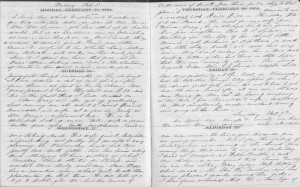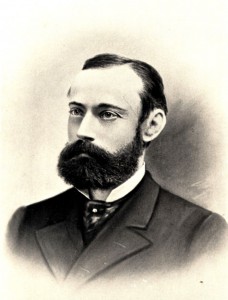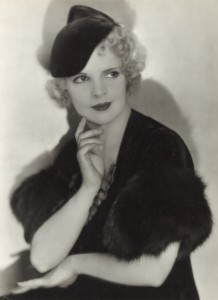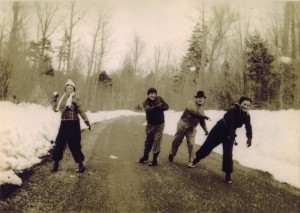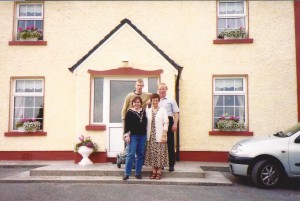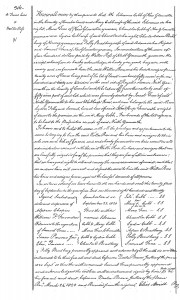
In addition to its vast collection of genealogical materials, the New England Historic Genealogical Society houses a fine collection of early American furniture and decorative arts. Scattered throughout the Society’s Newbury Street headquarters are superb examples of eighteenth-century tall case clocks, high chests, and desks. Some of these pieces possess quite interesting provenances, including an easy chair believed to have been owned by eighteenth-century Boston merchant and Massachusetts governor John Hancock (Fig. 1).
According to NEHGS records, the Hancock easy chair originally stood in Hancock’s Beacon Hill home, which he had inherited from his uncle Thomas’ wife, Lydia Henchman, sometime after Thomas’ death in 1764.[i] It is believed that the chair is the “Yellow Damask Easy Chair” listed in John Hancock’s 1793 estate inventory (Fig. 2).[ii] Continue reading The Governor’s chair


